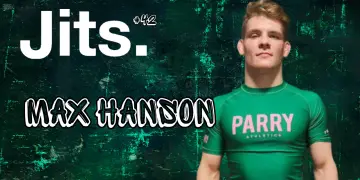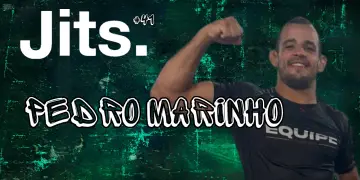For many young people, training Jiu-Jitsu is a guiding light that keeps them on the right path and there are a growing number of nonprofit organizations that have noticed this. It’s especially true in areas where economic and social advancement seem more likely to occur through criminal activity than by legal means. Several studies have managed to demonstrate that Jiu-Jitsu has a measurably positive effect on all children, but financial means can often be a barrier to entry for those who may need it most.
Italian post-graduate student Gabriele Paone (Bologna University) conducted an ethnographic study which chronicled a 6-month training session with a Jiu-Jitsu nonprofit organization operating out of Rio de Janeiro, Brazil, called the Terere Kids Project (TKP), founded by jiu jitsu legend Fernando Terere. In an excerpt from his study posted on the TKP website entitled, “My name is Buda, and I am a fighter,” Paone highlights Alexandre ‘Buda’ Ribeiro, and discusses his involvement with drug trafficking, incarceration and his ultimate redemption through Jiu-Jitsu with the help of the nonprofit organization
After a stint in prison and fall back into trafficking, Ribeiro gave it all up to train and coach. Recalling the tearful night he quit his gang affiliation, saying, “I don’t want any of it anymore. I don’t want this life anymore … I’m not happy.” That day he gave all his remaining product and guns to a reciprocal member, returned to training and hasn’t stopped.
It’s not implausible for any young person from any background or circumstance to veer off course. The battle to make good decisions and avoid negative entanglements pervades everyone. But growing up in a Brazilian favela offers many alluring factors to turn to crime. “First of all, the economic gain deriving from criminal activity is the most immediate and attractive benefit, especially in a community in which the majority of residents live with a salary below the Brazilian minimum wage … However, money is not the only motivation,” Paone said in his study.
“Defining a drug trafficker as a hero might seem paradoxical, but it’s exactly in this way he appears in the eyes of many of the youngest members of the community. Furthermore, many children here grow up without a paternal figure, and I deem this absence to be one of the reasons pushing young people to approach crime–where an older trafficker welcomes him as if he were his own child,” he added.
Jiu-Jitsu professors and pro competitors are positive alternatives to these archetypal heroes and paternal figures but without a nonprofit doing the work the kids who need them might never come into contact with them. Many teenagers training at the TKP gym say Tererê is like a father to them. Paone attributes this to a family environment characterized by an absent father figure. In this sense, the Jiu-Jitsu professor is someone who can, at least partially, fill the lack caused by the absence of a biological or adoptive father. Also, with regard to gang affiliation, Jiu-Jitsu offers many of the same elements that appeal to youth like a sense of belonging to a group, hierarchical structure, sparring, power, safety and respect.
Sometimes it can simply be something positive to focus on. Terere used Jiu-Jitsu to navigate his way through the harsh environment of Rio de Janeiro’s favela community, ultimately finding athletic success as a five-time world champion. His mission now is to provide the same pathway for other youth from similar backgrounds by creating access to free Jiu-Jitsu training, as well as education and professional athletic development through his nonprofit organization.
In the U.S., Jiu-Jitsu is being used in a diversion program that provides juvenile justice-involved youth with therapeutic support and mental health intervention. Evolution Youth Services is a nonprofit organization in Denver, Colorado, that gets young people who have become involved with the juvenile justice system, and puts them through a program that includes training Jiu-Jitsu for a minimum of 12 weeks.
They cater to angry, aggressive adolescents who need therapy or treatment but won’t sit in an office or engage with a therapist. For these types of youth in particular, Jiu-Jitsu offers a unique opportunity to regulate emotion. They can work on anger management and other social and emotional regulation skills in real time against real confrontation. According to the program’s founder and executive director, Dave Stokes, this emotional regulation training reduces their aggressive tendencies. Stokes’ unique qualification combines 20-years of experience in the mental health intervention community with 12 years of training Jiu-Jitsu. His partner, Linda Mann, serves as the company’s director of clinical services and provides on-the-mat therapy to their clients, both as a licensed counselor and as a Jiu-Jitsu blue belt.
Research studies like those in Janell Joseph’s article,“Physical Culture and Alternative Rehabilitation,” indicate a therapeutic quality to training Jiu-Jitsu does exist. A quality powerful enough to be used as an effective means of reformation. They claim a combination of philosophical and psychological components must be added to the physical training to be an effective method of reformation. While likely true in some cases, we can look to examples like Buda Ribeiro to see that just providing access to traditional training can often be enough.
After-school and summer programs offer a perfect platform to deliver free access. For years they’ve kept youth safe, inspired them to learn and helped working families. They mitigate risks, connect students to a support system and build positive social connections.
In Austin, Texas, I work with a Jiu-Jitsu nonprofit called Samurai School. We use after-school as our primary means of teaching, focusing on Title 1 schools which receive federal support for low-income students. But we serve all varieties and offer classes for elementary, middle and high school levels so our students can train every year until graduation and develop a solid foundation in the sport.
The curriculum follows a traditional Jiu-Jitsu regimen, the difference is we often train on thin, foldable mats formerly stored in dark corners of old campuses. The mats could be torn, old or dusty but we clean them up and put them in any nook or cranny we can find. Our training grounds have included weight rooms, stages, cafeterias, classrooms, hallways and gyms. We’ll roll on pretty much anything, anywhere. We’d consider rolling on cardboard if a situation demanded, because we know the transformative power of training.
Unlike commercial academy practitioners, our students didn’t seek out a place to train. More than likely, they’ve never even heard of Jiu-Jitsu before meeting us and will think it’s Karate. We’re usually just one option among many while they wait to be picked up or ride the bus. If they show promise and want to compete but can’t financially support the costs, we provide tournament entry fees and gis. And top-performing students, in good standing, can qualify to train with local academies’ competition teams up to 5 days per week.
We see timid kids develop confidence every year, sometimes in as little as 4 weeks. Others have won medals in local competitions, de-escalated potential altercations and negotiated non-violent resolutions to conflict on campus.
As testaments to the therapeutic quality of training Jiu-Jitsu and the effectiveness of using it for empowerment, nonprofit organizations like these are improving the well-being of young people globally.











